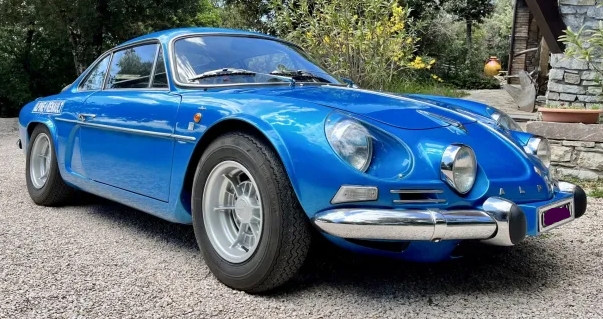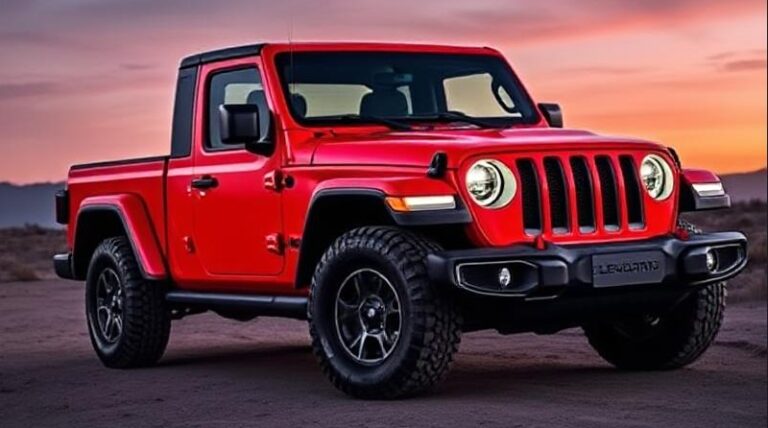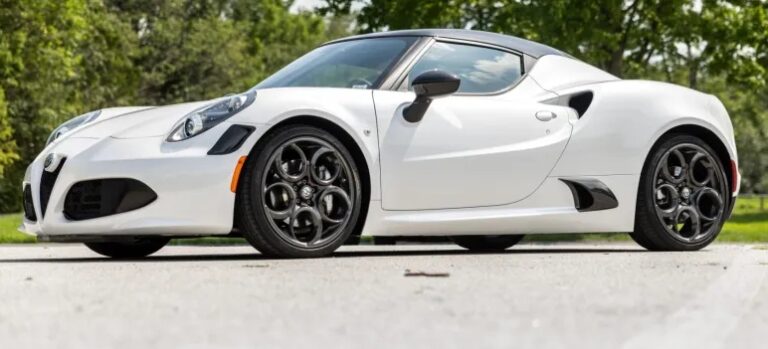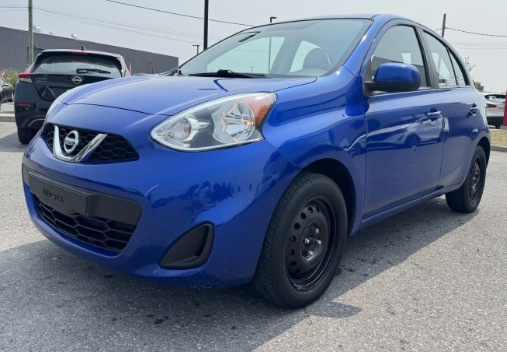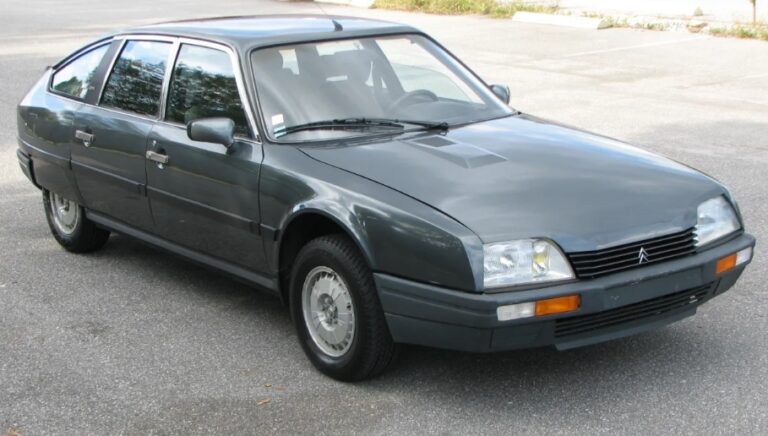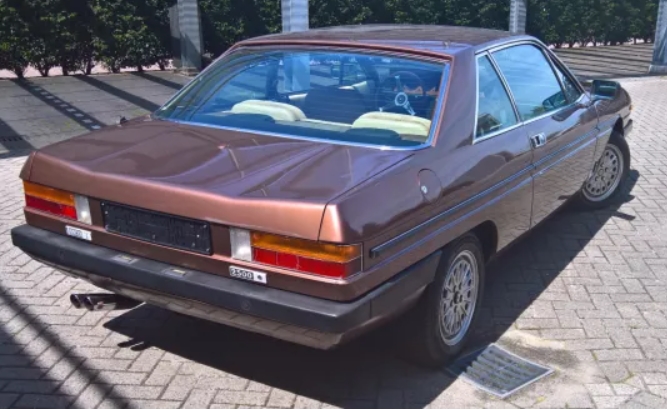The Evolution of Renault Alpine
Introduction
Renault Alpine is a legendary nameplate in the automotive world, synonymous with sporty design, lightweight construction, and spirited driving. Over the decades, Alpine has evolved from a niche racing car manufacturer to an iconic brand representing French excellence in sports cars. This article chronicles the evolution of Renault Alpine, detailing its production history, models, and trim levels from inception to the present day.
Origins and Early Years (1955–1970)
The Birth of Alpine
Renault Alpine was founded by Jean Rédélé in 1955 in Dieppe, France. Rédélé, a passionate rally driver and Renault dealer, sought to create a lightweight, agile sports car that could excel in racing and rallying. Drawing inspiration from the British Lotus and other lightweight sports cars, Alpine’s first model, the A110, was introduced in 1962.
Alpine A110 (1962–1977)
- Overview: The A110, often called the “Berlinette,” became Alpine’s flagship model. It was renowned for its agility, lightweight construction, and success in rally racing, including victories at the Monte Carlo Rally.
- Design & Engineering: Built around a tubular steel frame with aluminum panels, the A110 was powered initially by a 1.1L Renault engine, later upgraded to larger displacements.
- Models & Trim Levels:
- Alpine A110 1600: The most common variant, featuring a 1.6L engine producing approximately 126 horsepower.
- A110 1600S: An upgraded version with improved suspension and braking.
- A110 1800: Introduced later with a 1.8L engine, offering more power and performance.
Racing Success & Impact
The A110’s lightweight design, combined with its nimbleness, made it a dominant force in rallying, leading to multiple championship wins. Its success cemented Alpine’s reputation for building agile, driver-focused sports cars.
Expansion and Modernization (1970s–1980s)
The Alpine A310 (1971–1984)
- Introduction: To expand its lineup, Alpine launched the A310 in 1971. It was larger and more refined than the A110, targeting a broader market.
- Design & Variants: The A310 featured a fastback design, with options for 1.6L, 2.0L, and later 2.2L engines. Trim levels included:
- A310 1600: Base model with modest power.
- A310 V6 (1980–1984): Powered by a 2.7L V6 engine, this model offered significantly enhanced performance.
- Performance & Reception: The A310 V6 was well-received for its performance, but the model faced stiff competition and declining sales by the mid-1980s.
The Alpine A610 (1991–1995)
- Development: After a hiatus, Alpine introduced the A610 as a successor to the A310 in 1991.
- Design & Features: It was a more modern, sleek coupe with a 3.0L V6 engine producing around 210 horsepower. Production was limited, and the model was primarily sold in France and select markets.
- Trim Levels:
- Alpine A610 3.0: The primary trim, with options for optional leather interiors and sport packages.
Discontinuation & Brand Dormancy
By the mid-1990s, Alpine’s production ceased as Renault shifted focus. The brand was dormant for nearly two decades, with only sporadic concept vehicles and racing ventures.
The Revival of Alpine (2012–Present)
Revival Announced (2012–2017)
In 2012, Renault announced plans to revive Alpine as a standalone brand, emphasizing modern sports cars inspired by its historic legacy. The revival included concept cars and prototypes, culminating in the release of a production model.
Renault Alpine A110 (2017–Present)
- Introduction: The modern Alpine A110 was unveiled at the 2017 Geneva Motor Show, marking a significant return for the brand.
- Design & Philosophy: It features a lightweight aluminum structure, turbocharged 1.8L four-cylinder engine, and rear-wheel drive. The focus was on agility, driver engagement, and heritage.
- Production & Availability: Manufactured at Renault’s Dieppe plant, the new A110 has been praised for its handling, design, and affordability compared to other European sports cars.
- Models & Trim Levels:
- A110 Pure: The base model emphasizing lightweight and driving purity, with minimal options, focused on performance and simplicity.
- A110 Legende: Adds luxury touches such as leather seats, upgraded interior materials, and additional comfort features.
- A110 S: An enhanced version with a more powerful 292 horsepower engine, sportier suspension, and aerodynamic enhancements for increased performance.
- Special Editions: Over the years, Alpine has released limited editions, such as the A110 GT and A110 Légende GT, featuring unique styling cues, interior trims, and performance upgrades.
Future Plans
Renault has announced plans to expand the Alpine lineup with new models, including an electric sports car and possible crossover variants, aiming to blend heritage with modern EV technology.
.
THIS might be a great place to get your new car from!
Or for those who are into the “car flipping” business, here’s an excellent resource for you!

.
Summary of Models and Trim Levels Throughout Alpine’s History
| Year | Model | Key Variants & Trim Levels | Notable Features |
|---|---|---|---|
| 1962–1977 | A110 | 1600, 1600S, 1800 | Rally success, lightweight design |
| 1971–1984 | A310 | 1600, V6 | Larger, more refined, V6 performance |
| 1991–1995 | A610 | 3.0 | Modern coupe, limited production |
| 2017–Present | A110 | Pure, Légende, S | Lightweight, turbocharged, modern styling |
Conclusion
Renault Alpine’s journey from a small French racing car manufacturer to a globally recognized sports car brand exemplifies innovation, passion, and a commitment to driving excellence. Its models have evolved significantly—from the nimble, rally-winning A110 of the 1960s and 70s, through the larger, more luxurious A310 and A610, to the modern, lightweight A110 that pays homage to its roots. With plans for future electrification and expansion, Alpine continues to honor its heritage while embracing innovation, ensuring its place in the world of high-performance sports cars.
